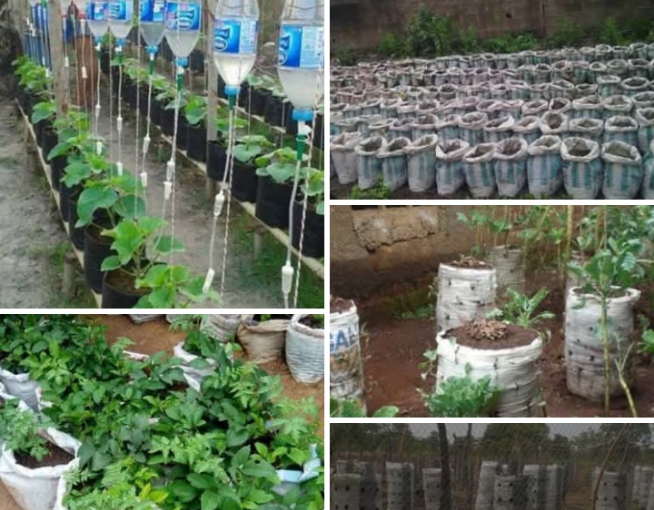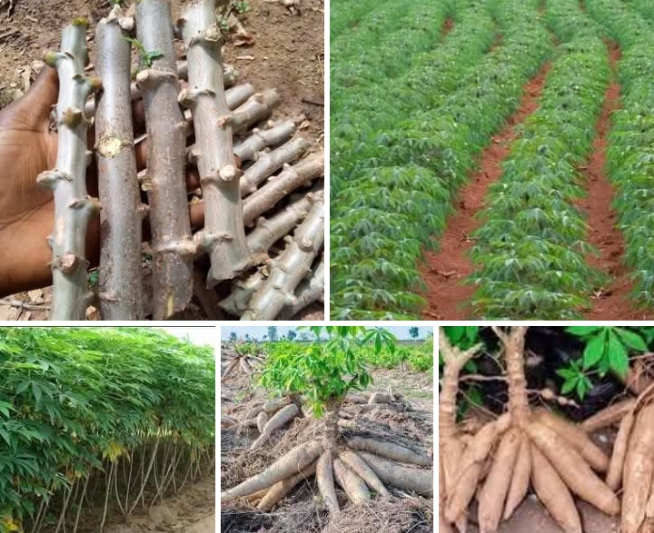Sack or bag farming is a method of urban farming that utilizes sacks or bags filled with soil to grow crops in small spaces. It is especially popular in cities where land is scarce or expensive. Here’s a concise guide to get started:
1. Choose the Right Bags or Sacks
Use durable bags (such as jute sacks or polyethylene bags) with sufficient drainage holes to prevent waterlogging.
Size matters: Bags should be at least 12-18 inches deep for root growth.
2. Prepare the Soil
Fill the bags with a mixture of well-draining soil, compost, and organic fertilizer.
Ensure the soil is loose and nutrient-rich to support healthy plant growth.
3. Select Suitable Crops
Opt for crops that thrive in bags, such as tomatoes, peppers, lettuce, spinach, herbs, and even root crops like potatoes.
Choose crops based on local climate and market demand.
4. Planting
Plant seeds or seedlings into the bags, following spacing and depth recommendations.
Make sure to water gently but consistently.
5. Care and Maintenance
Ensure the bags are placed in an area with adequate sunlight (usually 6-8 hours daily).
Water regularly but avoid overwatering to prevent root rot.
Fertilize periodically, depending on crop needs.
6. Pest and Disease Control
Use natural pest control methods like neem oil, insecticidal soap, or garlic sprays.
Regularly check for signs of disease or pests and take immediate action.
7. Harvesting
Harvest when crops are mature, based on specific crop requirements.
Regularly harvest leaves or fruits to encourage continuous growth.
8. Economic Potential
Sack farming is a low-cost, high-yield venture, ideal for urban areas or those with limited space.
It can provide fresh produce for local markets or home consumption.
By practicing sack farming, you can maximize limited space while growing a variety of crops efficiently anywhere you are.



